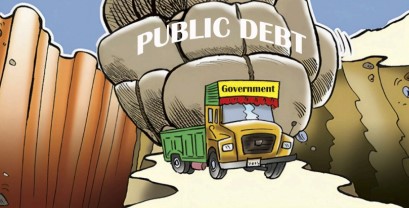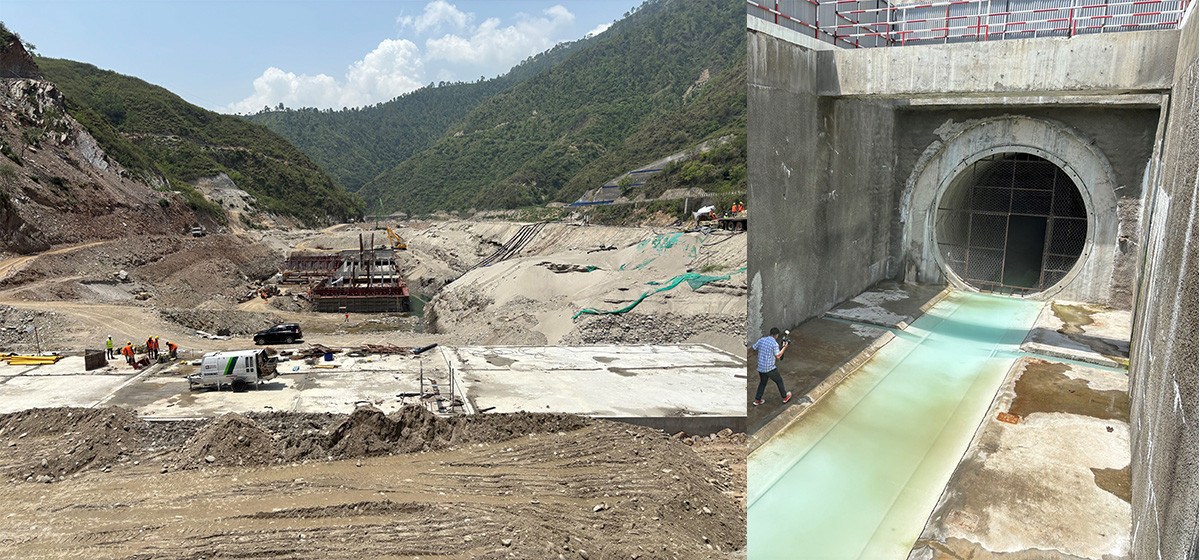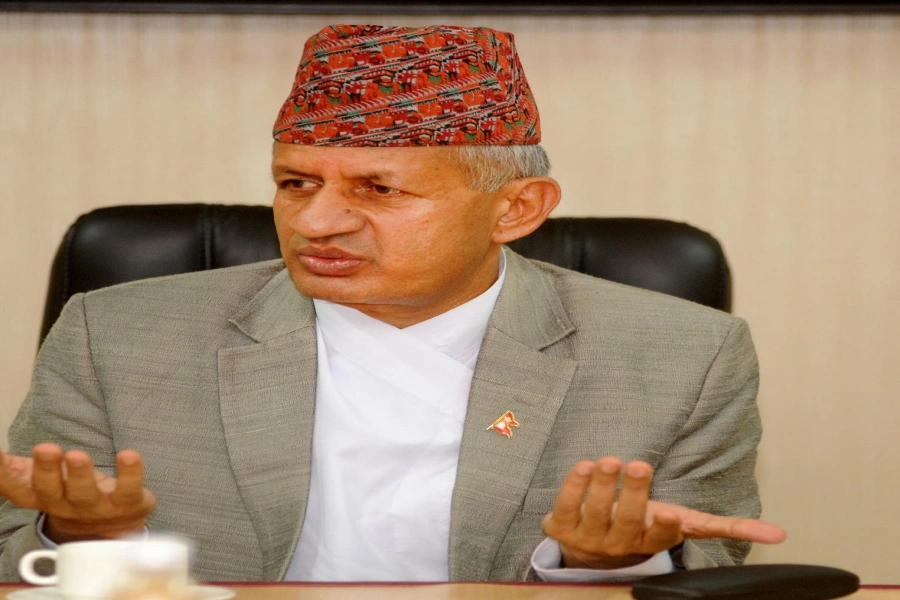KATHMANDU, July 4: he government is grappling with a growing burden of public debt, raising serious concerns about the country’s financial sustainability and its ability to meet long-term development goals. As of the end of the eleventh month of the current Fiscal Year (FY) 2081/82, Nepal’s total public debt has reached Rs 2.65 trillion, amounting to 43.47% of the national GDP, according to the Public Debt Management Office.
Of the total public debt, external debt stands at Rs 1.38 trillion, while domestic debt accounts for Rs 1.27 trillion. The rising reliance on foreign loans, in particular, is seen as a potential threat to the country’s ability to meet the Sustainable Development Goals (SDGs) by 2030.
“Developing countries like Nepal are increasingly facing pressure from external debt, which is now affecting key social development programs,” said Professor Dr. Shiv Raj Adhikari, Vice-Chairperson of the National Planning Commission. “Without immediate reforms in the financial system, we risk compromising both macroeconomic stability and social progress.”
Dr. Adhikari highlighted that more than ten percent of total revenue is currently being used just to service interest payments, which he described as a deeply worrying trend. For the current fiscal year, the government is projected to spend Rs 103.12 billion on interest and Rs 299.72 billion on principal repayments—expenditures that surpass allocations to vital sectors like health and education.
Public debt exceeds Rs 2.434 trillion, increasing by over Rs 30...

From 2024 to 2030, Nepal is estimated to require Rs 21.17 trillion (an average of Rs 3.02 trillion annually) to meet its SDG commitments. Experts argue that while global development financing has flowed into low- and middle-income countries, the structure and conditionalities of such loans often overlook local needs and empowerment.
At the start of the current fiscal year, total public debt stood at Rs 2.43 trillion, indicating a rise of over Rs 220 billion in just 11 months. Over the past six years, public debt has increased by nearly Rs 1.6 trillion, reflecting the government’s growing dependence on borrowing to fund its expenditures.
In the national budget for the upcoming fiscal year 2082/83, Finance Minister Bishnu Paudel has proposed borrowing nearly Rs 595 billion—comprising Rs 233 billion in foreign loans and Rs 362 billion in domestic loans. This is part of a Rs 1.96 trillion budget, of which only Rs 1.31 trillion is expected from revenue, with the remainder to be covered through foreign grants and loans.
The government has often resorted to loans, both domestic and foreign, to cover development expenses amid stagnant revenue growth. While there has been some improvement in revenue due to expanded economic activities, it still falls short of meeting public expenditure needs. The Ministry of Finance has acknowledged that insufficient revenue mobilization relative to public spending has led to increasing debt pressure.
In addition, low internal resource mobilization at the provincial and local levels has heightened dependence on the federal government, further straining national resources and necessitating increased borrowing.
In recent years, Nepal has witnessed a sharp increase in public debt. In fiscal year 2075/76 BS, the total debt stood at Rs 1.04 trillion, but by 2076/77 BS it had jumped to Rs 1.43 trillion—an increase of over Rs 300 billion in just one year. This upward trend continued, with debt reaching Rs 1.73 trillion in 2077/78 BS and rising significantly again in 2078/79 BS. By the end of fiscal year 2079/80 BS, Nepal’s total public debt had soared to Rs 2.29 trillion. This consistent growth in both domestic and external borrowing highlights the government’s growing dependence on loans to meet its fiscal needs.
Experts caution that if projects funded through borrowing fail to generate returns, the debt burden could become unsustainable. They urge the government to adopt a more prudent borrowing strategy, with a stronger focus on debt effectiveness and return on investment.
The Ministry of Finance notes that future financial stability will require effective resource mobilization, reduced reliance on loans, and improved internal revenue generation—particularly at subnational levels.
As the debt trajectory continues upward, the government faces a critical juncture: reform fiscal policies or risk undermining Nepal’s development aspirations and long-term economic resilience.



































